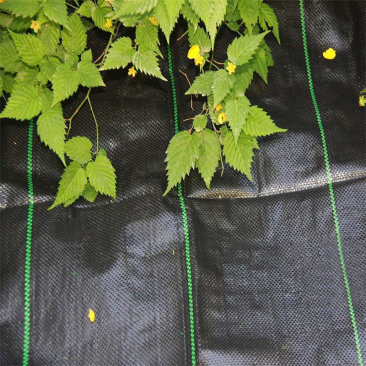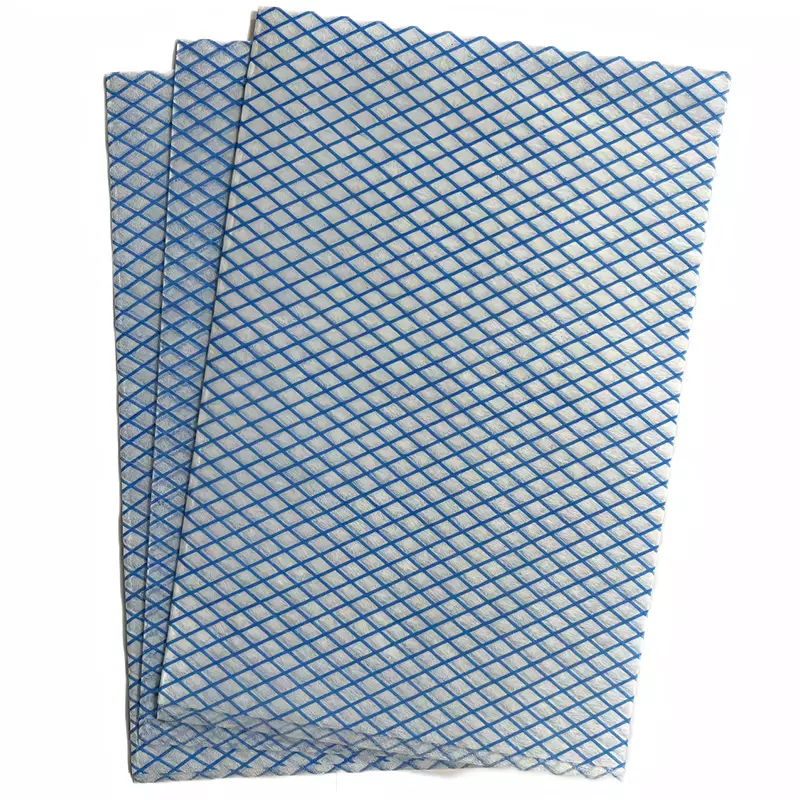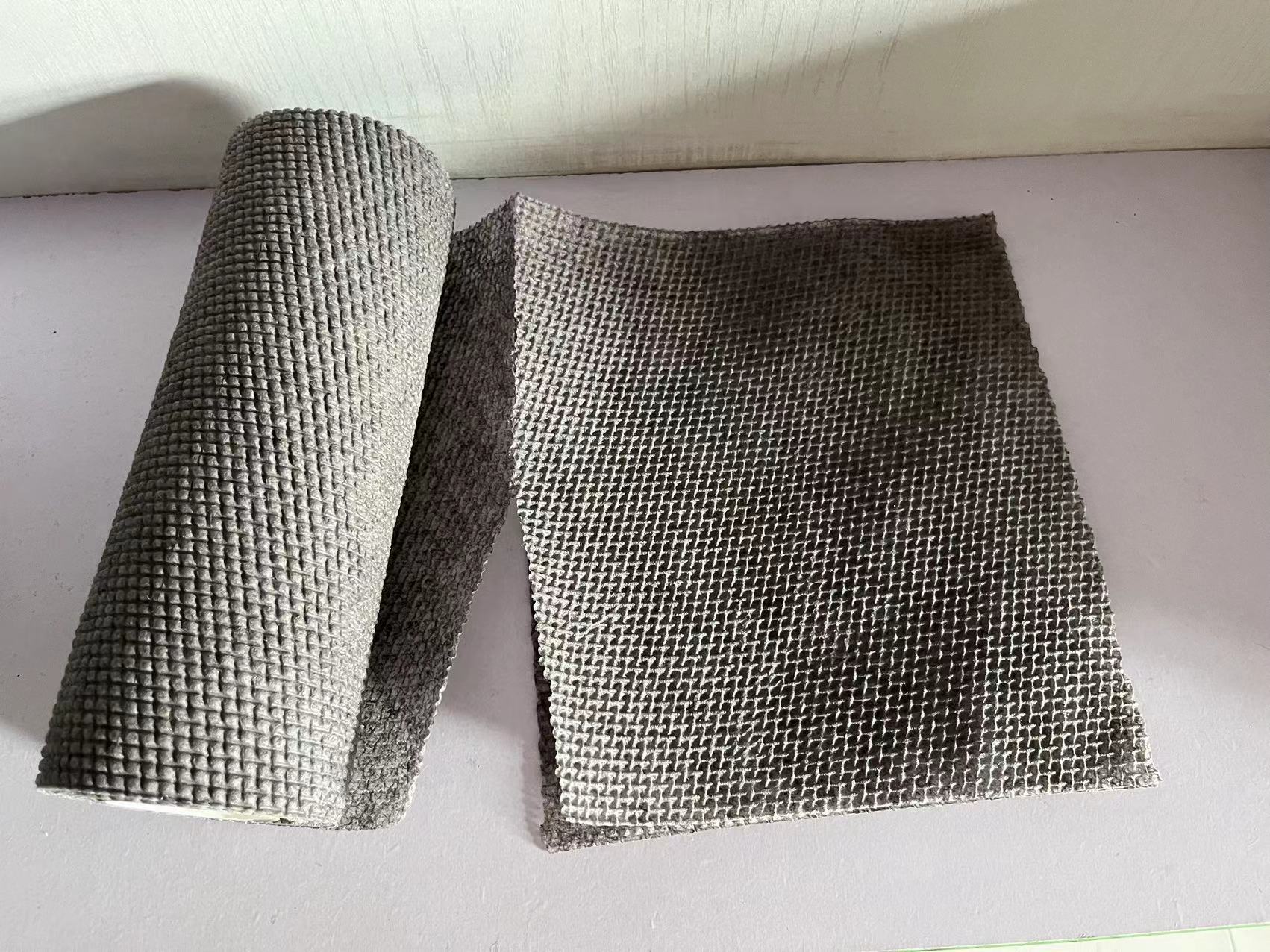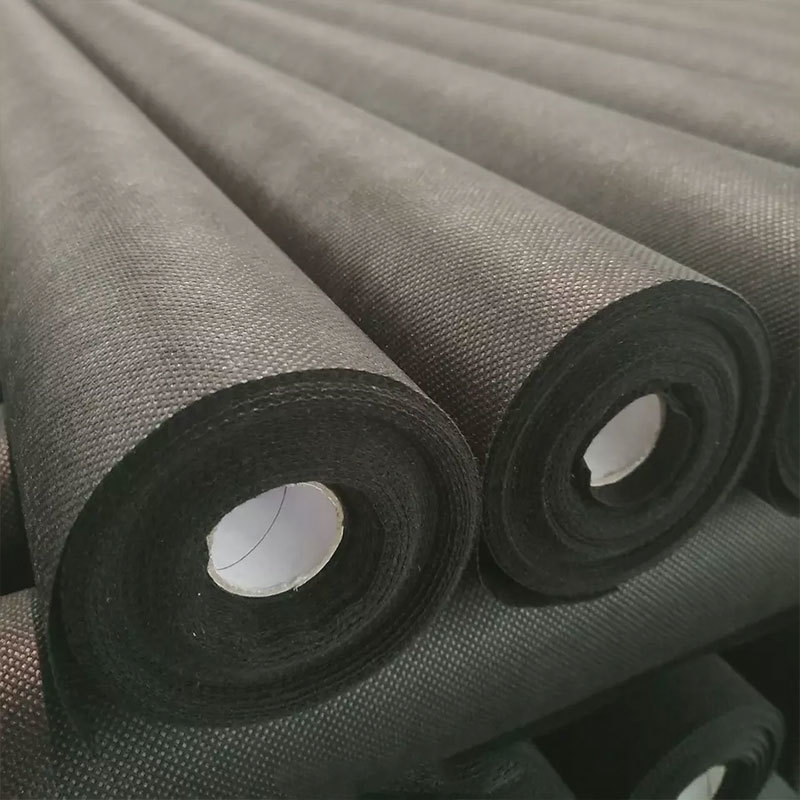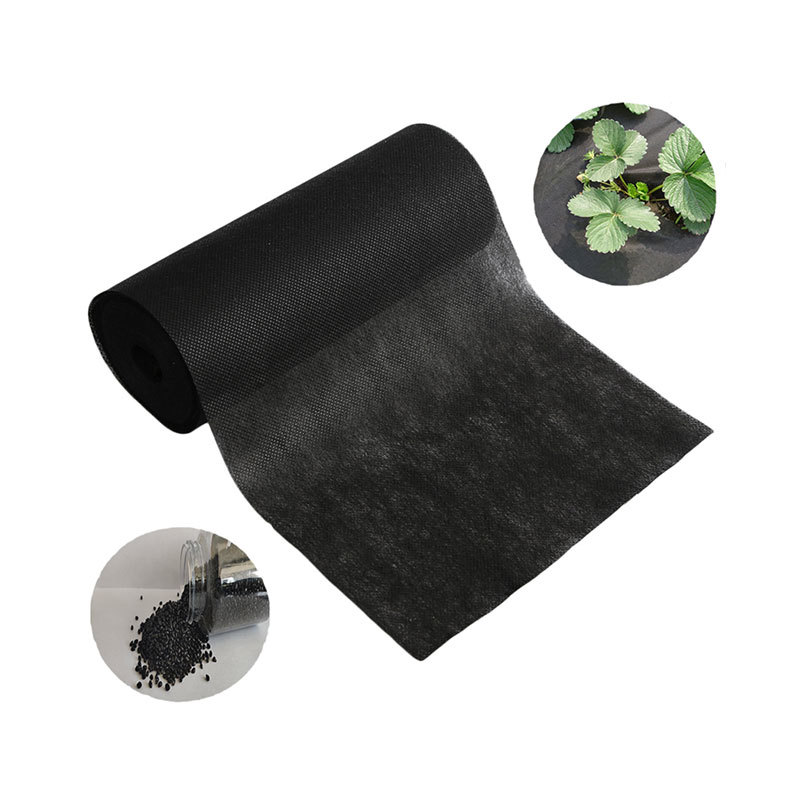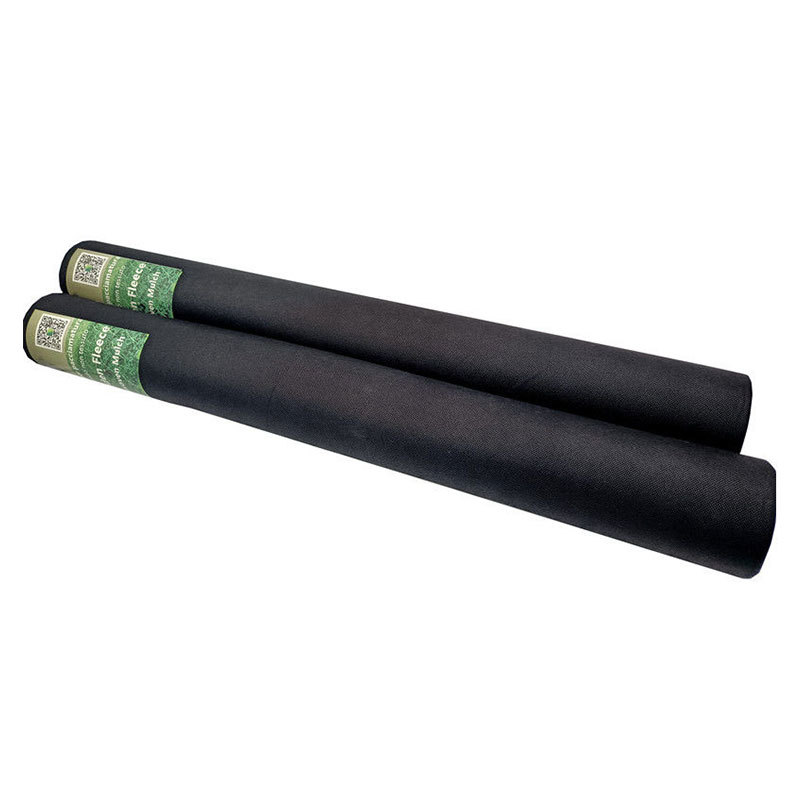25
2025
-
07
How Spunbond Nonwoven Fabric is Revolutionizing the Fashion Industry
How Spunbond Nonwoven Fabric is Revolutionizing the Fashion Industry Table of Contents 1. Introduction to Spunbond Nonwoven Fabric 2. What is Spunbond Nonwoven Fabric? 3. A Brief History of Nonwoven Fabrics 4. Advantages of Spunbond Nonwoven Fabric in Fashion 5. The Environmental Impact of Spunbond Nonwoven Fabrics 6. Innovative Applications in the Fashion Industry 7. Current Trends
How Spunbond Nonwoven Fabric is Revolutionizing the Fashion Industry
Table of Contents
- 1. Introduction to Spunbond Nonwoven Fabric
- 2. What is Spunbond Nonwoven Fabric?
- 3. A Brief History of Nonwoven Fabrics
- 4. Advantages of Spunbond Nonwoven Fabric in Fashion
- 5. The Environmental Impact of Spunbond Nonwoven Fabrics
- 6. Innovative Applications in the Fashion Industry
- 7. Current Trends Shaping the Future of Fashion
- 8. Challenges and Considerations
- 9. Conclusion
- 10. Frequently Asked Questions
1. Introduction to Spunbond Nonwoven Fabric
Spunbond nonwoven fabric is rapidly emerging as a game-changer in the fashion industry. With its unique properties and versatility, it offers numerous advantages over traditional fabrics. This article delves into how spunbond nonwoven fabric is not only changing garment production but also promoting sustainable practices.
2. What is Spunbond Nonwoven Fabric?
Spunbond nonwoven fabric is produced by bonding fibers through a process that involves spinning and laying them down into a web. This web is then bonded together using heat and pressure, resulting in a durable, lightweight fabric. Unlike woven fabrics, spunbond does not require traditional weaving techniques, thus enabling faster production times and reducing labor costs.
2.1 Properties of Spunbond Nonwoven Fabric
The properties of spunbond nonwoven fabric include:
- **Lightweight and Durable**: Its structure makes it resistant to tearing and wear.
- **Breathable**: The fabric allows air to circulate, making it comfortable for wear.
- **Water-Resistant**: Spunbond fabrics can repel water, adding to their versatility in fashion applications.
- **Easily Dyeable**: This fabric can be dyed in various colors, allowing for creative freedom in design.
3. A Brief History of Nonwoven Fabrics
Nonwoven fabrics have a rich history that dates back to the early 20th century when they were primarily used in industrial applications. The development of spunbond technology in the 1960s revolutionized the production of nonwoven fabrics, expanding their use into consumer products, including clothing. Today, nonwovens make up a significant portion of the textile market, especially in sectors focused on sustainability.
4. Advantages of Spunbond Nonwoven Fabric in Fashion
The benefits of using spunbond nonwoven fabric in the fashion industry are numerous:
4.1 Cost-Effectiveness
The production process of spunbond nonwoven fabric is less labor-intensive than traditional fabric manufacturing, resulting in lower production costs. This affordability allows designers to create fashion-forward pieces without breaking the bank.
4.2 Versatility in Design
Spunbond fabrics can be utilized in a variety of fashion applications, from casual wear to high-fashion items. Designers can experiment with textures, colors, and styles, leading to innovative fashion statements.
4.3 Lightweight and Comfortable
The lightweight nature of spunbond nonwoven fabric makes it ideal for summer collections and activewear. It allows for comfortable wear, making it a favored choice among consumers.
4.4 Sizing and Fit
Spunbond nonwoven fabric can easily be cut and sewn, enabling designers to create tailored fits and unique silhouettes that resonate with modern consumers.
5. The Environmental Impact of Spunbond Nonwoven Fabrics
As sustainability becomes a prevailing concern in the fashion industry, spunbond nonwoven fabric rises as an eco-friendly alternative. The production process of spunbond fabrics generates less waste compared to traditional textiles, and many spunbond fabrics are made from recycled materials.
5.1 Recyclable and Biodegradable Options
Many spunbond nonwoven fabrics are designed to be recyclable or biodegradable, offering a solution to the fast fashion dilemma. By opting for these materials, brands can reduce their environmental footprint and appeal to eco-conscious consumers.
6. Innovative Applications in the Fashion Industry
Spunbond nonwoven fabric is not just a trend; it is reshaping various sectors within the fashion industry.
6.1 Fashion Accessories
From handbags to hats, spunbond fabric allows for creative accessory designs that are both stylish and functional. The fabric’s unique characteristics enable accessory designers to push visual boundaries.
6.2 Activewear and Athleisure
With a focus on comfort and performance, spunbond nonwoven fabric is increasingly used in activewear. Its breathability and moisture-wicking properties enhance the overall experience for fitness enthusiasts.
6.3 Sustainable Fashion Collections
Luxury brands are now turning to spunbond nonwoven materials to create sustainable collections that do not compromise on style. This transition reflects a growing demand for fashion that aligns with environmentally responsible practices.
7. Current Trends Shaping the Future of Fashion
As the fashion landscape continues to evolve, several trends are influenced by the adoption of spunbond nonwoven fabric.
7.1 Minimalism in Design
The simplicity and clean lines that spunbond fabric can offer align perfectly with the minimalist trend. Designers are leveraging these characteristics to create simple yet striking pieces.
7.2 Customization and Personalization
The adaptability of spunbond nonwoven fabric allows for extensive customization, catering to consumers' desire for unique, one-of-a-kind fashion items.
7.3 Focus on Functionality
Fashion is increasingly merging with function, and spunbond nonwoven fabric is at the forefront of this trend. The fabric’s lightweight, durable, and water-resistant qualities make it perfect for multifunctional apparel.
8. Challenges and Considerations
While spunbond nonwoven fabric offers numerous benefits, there are challenges that the fashion industry must navigate.
8.1 Consumer Perception
Some consumers still associate nonwoven fabrics with disposable products. Educating consumers on the durability and quality of spunbond fabrics is essential for broader acceptance.
8.2 Production Scalability
Scaling production while maintaining quality can be challenging. Fashion brands need to ensure that their supply chains are equipped to handle the increased demand for spunbond nonwoven fabrics.
9. Conclusion
Spunbond nonwoven fabric is undeniably revolutionizing the fashion industry, providing numerous advantages that cater to modern consumers' demands for sustainability, style, and functionality. As designers continue to explore its potential, the fabric will likely play a pivotal role in shaping the future of fashion. By embracing spunbond nonwoven materials, the fashion industry can pave the way for a more sustainable and innovative future.
10. Frequently Asked Questions
Q1: What makes spunbond nonwoven fabric different from traditional fabrics?
A1: Spunbond nonwoven fabric is created through a unique bonding process that does not involve weaving, making it lighter, more durable, and cost-effective compared to traditional fabrics.
Q2: Is spunbond nonwoven fabric environmentally friendly?
A2: Yes, many spunbond nonwoven fabrics are made from recycled materials and can be recyclable or biodegradable, making them a sustainable choice in the fashion industry.
Q3: Can spunbond nonwoven fabric be used for high-fashion items?
A3: Absolutely! Spunbond nonwoven fabric is versatile and can be utilized in various fashion applications, including high-fashion designs.
Q4: How does spunbond nonwoven fabric contribute to comfort in clothing?
A4: The breathable and lightweight properties of spunbond nonwoven fabric enhance comfort, making it an ideal choice for summer wear and activewear.
Q5: What are the main challenges faced by the spunbond fabric industry?
A5: Challenges include consumer perception regarding nonwoven fabrics and the scalability of production while maintaining high quality. Addressing these issues is crucial for the broader acceptance of spunbond fabrics in the fashion world.
spunbond nonwoven fabric


